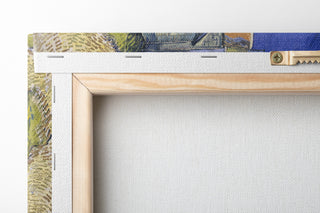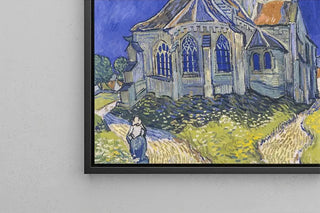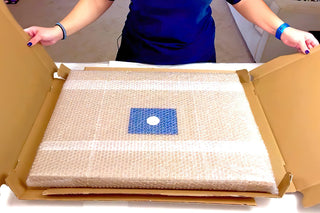Painting Julikever Polyphylla fullo - Anselmus Botius de Boodt | Art print


View from behind

Frame (optional)
Julikever Polyphylla fullo: the naturalistic precision of Anselmus Botius de Boodt
This art print of Julikever Polyphylla fullo delicately reproduces the original composition, blending naturalistic accuracy with pictorial aesthetics. The colors — subtle ochres, greens, and browns — faithfully render the texture of the elytra and the delicacy of the hairs, while the simple background emphasizes the subject in close-up. The technique combines precise line work with soft modeling, creating an atmosphere that is both scientific and contemplative, inviting attentive observation. The viewer's eye is naturally drawn to the anatomical details and the quality of the rendering, true to the spirit of Anselmus Botius de Boodt's workshop.
Anselmus Botius de Boodt, master of naturalism and scientific illustration
Anselmus Botius de Boodt, scholar and naturalist of the late 16th and early 17th centuries, contributed to the dissemination of naturalist knowledge through precise and elegant plates. Influenced by Flemish traditions of observation and the rise of curiosity cabinets, he managed to combine scientific rigor with a sense of composition. His works serve both study and admiration: drawings of insects, botanical studies, and mineralogical plates testify to encyclopedic curiosity and technical mastery. This art print highlights the legacy of an author who helped bridge art and science at the heart of late Renaissance and Baroque eras.
A decorative acquisition with multiple assets
This art print of Julikever Polyphylla fullo stands out as a refined piece for a contemporary or classic interior. The canvas of Julikever Polyphylla fullo, printed with durable inks on a high-quality support, guarantees color fidelity and long-lasting preservation. Hung in a living room, office, library, or bedroom, this reproduction of Julikever Polyphylla fullo adds a touch of scholarly elegance and stimulates visual curiosity. It works just as well as a centerpiece or as a collectible item, offering a sober aesthetic and a tangible connection to the history of natural sciences.

Matte finish

View from behind

Frame (optional)
Julikever Polyphylla fullo: the naturalistic precision of Anselmus Botius de Boodt
This art print of Julikever Polyphylla fullo delicately reproduces the original composition, blending naturalistic accuracy with pictorial aesthetics. The colors — subtle ochres, greens, and browns — faithfully render the texture of the elytra and the delicacy of the hairs, while the simple background emphasizes the subject in close-up. The technique combines precise line work with soft modeling, creating an atmosphere that is both scientific and contemplative, inviting attentive observation. The viewer's eye is naturally drawn to the anatomical details and the quality of the rendering, true to the spirit of Anselmus Botius de Boodt's workshop.
Anselmus Botius de Boodt, master of naturalism and scientific illustration
Anselmus Botius de Boodt, scholar and naturalist of the late 16th and early 17th centuries, contributed to the dissemination of naturalist knowledge through precise and elegant plates. Influenced by Flemish traditions of observation and the rise of curiosity cabinets, he managed to combine scientific rigor with a sense of composition. His works serve both study and admiration: drawings of insects, botanical studies, and mineralogical plates testify to encyclopedic curiosity and technical mastery. This art print highlights the legacy of an author who helped bridge art and science at the heart of late Renaissance and Baroque eras.
A decorative acquisition with multiple assets
This art print of Julikever Polyphylla fullo stands out as a refined piece for a contemporary or classic interior. The canvas of Julikever Polyphylla fullo, printed with durable inks on a high-quality support, guarantees color fidelity and long-lasting preservation. Hung in a living room, office, library, or bedroom, this reproduction of Julikever Polyphylla fullo adds a touch of scholarly elegance and stimulates visual curiosity. It works just as well as a centerpiece or as a collectible item, offering a sober aesthetic and a tangible connection to the history of natural sciences.






